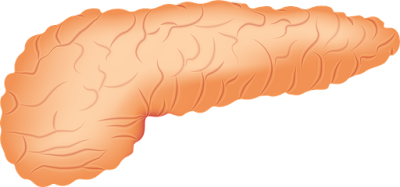Signs of calcium deficiency
Calcium deficiency
Drink milk and grow up - as was explained to us when we were little and there is some truth, because dairy is one of the sources of calcium necessary for the construction of the skeleton.
Note! The problem is that the milk is not so rich in this element. If you want to meet the needs of the adult, would drink 4-5 glasses a day.
If you are not much of a foodie milk or do not tolerate it at all, you can search for other, even better sources of calcium, which include:
- cheeses (especially yellow);
- fish that are eaten with bones (sardines, sprats, herring);
- nuts and seeds (eg. beans, beans, sunflower).
Introducing them permanently to the menu, you have a good chance to cover the daily requirement of calcium. And is it:
- 800-1200 mg (children and adolescents);
- 1000 mg (average adult);
- 1500 mg (as much in need of seniors, pregnant women, breastfeeding and menopause).
Calcium in the standard
Calcium is a multifunctional element. Not only cares about the health of bones and teeth, but also:
- controls the muscles, including the shrinkage and relaxation of the heart;
- good for the cardiovascular system - lowers blood pressure, regulates blood clotting, improves the condition of blood vessels;
- relieves allergic reactions;
- takes care of the whole body supporting purification from heavy metals by adjusting the pH and improving the nervous system.
Note! Interestingly, adequate calcium helps maintain a healthy weight. It is also good effect on fertility (increasing your chances of conceiving a child and whistle blowing).
How to detect calcium deficiency?
Calcium deficit may herald muscle contractions, slow heart rate, sleep disturbances and mood, nosebleeds, prone to bone fractures or dental problems.
To make sure that the cause of symptoms is calcium deficiency, you can explore the magnesium concentration in the blood. The standard for an adult is 2.1-2.6 mmol / l 8.5-10.5 mg / dl (according to the laboratory).


Comments
Post a Comment